Embodied Carbon Emissions in Shanghai's Power Industry Based on Input-Output Analysis
DOI: 10.23977/erej.2024.080109 | Downloads: 34 | Views: 1478
Author(s)
Ruijie Bao 1, Xin Liao 1
Affiliation(s)
1 Business School, University of Shanghai for Science and Technology, Shanghai, 200082, China
Corresponding Author
Xin LiaoABSTRACT
To improve the authenticity and reliability of emissions accounting for embodied carbon and promote the sustainable development of the PI in the future, this article has taken Shanghai as the object and combined input-output models to conduct in-depth research on its embodied carbon emissions in the PI. This article first analyzed the current development status of the PI in Shanghai, and explored it from the perspectives of energy supply and carbon emissions. Then an embodied carbon emission accounting model was constructed based on the non-competitive input-output table. Finally, through factor analysis, the changes in the emissions of embodied carbon were analyzed. This article conducted experiments from two perspectives: emission accounting and scenario prediction, so that the effectiveness of the input-output model in the emission analysis of embodied carbon in the PI in Shanghai can be verified. The results show that from the proportion of hidden carbon emissions in the power industry to the total hidden carbon emissions in the social industry, the highest proportion of hidden carbon emissions in the power industry can reach 43.69%. The conclusion indicated that the input-output model could achieve objective and accurate accounting of embodied carbon emissions in the PI, which could help to promote green development of the PI.
KEYWORDS
Embodied Carbon Emissions, Input-Output Model, Power Industry, Shanghai City, Sustainable DevelopmentCITE THIS PAPER
Ruijie Bao, Xin Liao, Embodied Carbon Emissions in Shanghai's Power Industry Based on Input-Output Analysis. Environment, Resource and Ecology Journal (2024) Vol. 8: 57-66. DOI: http://dx.doi.org/10.23977/erej.2024.080109.
REFERENCES
[1] Jiang, Jingjing, Bin Ye, Shuai Shao, Nan Zhou, Dashan Wang, Zhenzhong Zeng, et al. "Two-tier synergic governance of greenhouse gas emissions and air pollution in China's megacity, Shenzhen: Impact evaluation and policy implication." Environmental Science & Technology 55.11 (2021): 7225-7236. DOI: 10.1021/acs.est.0c06952
[2] Huang Heping, Yi Mengting, Cao Junwen, Zou Yanfen, Huang Xianming. "The spatiotemporal changes and impact effects of implicit carbon emissions in regional trade: A case study of the Yangtze River Economic Belt." Economic Geography 41.3 (2021): 49-57. DOI:CNKI:SUN:JJDL.0.2021-03-005
[3] Ye Anning, and Zhang Min. "A new derivation of non competitive input-output model." Journal of Heilongjiang University of Technology (Comprehensive Edition) 19.6 (2019): 37-40. DOI: 10.3969/j.issn.1672-6758.2019.06.008
[4] Chen, Sheng, Antonio J. Conejo, and Zhinong Wei. "Conjectural-variations equilibria in electricity, natural-gas, and carbon-emission markets." IEEE Transactions on Power Systems 36.5 (2021): 4161-4171. DOI: 10.1109/TPWRS. 2021.3066459
[5] Apinran, Martins Olugbenga, Nuruddeen Usman, Seyi Saint Akadiri & Chinwendu Ifunanya Onuzo. "The role of electricity consumption, capital, labor force, carbon emissions on economic growth: implication for environmental sustainability targets in Nigeria." Environmental Science and Pollution Research 29.11 (2022): 15955-15965. DOI: 10.1007/s11356-021-16584-6
[6] Wang, Haikun, Xi Lu, Yu Deng, Yaoguang Sun, Chris P. Nielsen, Yifan Liu, et al. "China's CO2 peak before 2030 implied from characteristics and growth of cities." Nature Sustainability 2.8 (2019): 748-754. DOI: 10.1038/ s41893-019-0339-6
[7] Yang, Fuyuan, Xiaobin Yang, Xueqin Tian, Xinlei Wang, Tong Xu. "Decomposition analysis of CO2 emissions of electricity and carbon-reduction policy implication: a study of a province in China based on the logarithmic mean Divisia index method." Clean Energy 7.2 (2023): 340-349. DOI: 10.1093/ce/zkac077
[8] Alajmi, Reema Ghazi. "Carbon emissions and electricity generation modeling in Saudi Arabia." Environmental Science and Pollution Research 29.16 (2022): 23169-23179. DOI:10.1007/s11356-021-17354-0
[9] Kwakwa, Paul Adjei. "The carbon dioxide emissions effect of income growth, electricity consumption and electricity power crisis." Management of Environmental Quality: An International Journal 32.3 (2021): 470-487. DOI: 10.1108/MEQ-11-2020-0264
[10] Fan, Fengyan, Yuying Wang, and Qunyi Liu. "China's carbon emissions from the electricity sector: Spatial characteristics and interregional transfer." Integrated Environmental Assessment and Management 18.1 (2022): 258-273. DOI: 10.1002/ieam.4464
[11] de Chalendar, Jacques A., John Taggart, and Sally M. Benson. "Tracking emissions in the US electricity system." Proceedings of the National Academy of Sciences 116.51 (2019): 25497-25502. DOI: 10.1073/pnas.1912950116
[12] Ma, Jia-Jun, Gang Du, and Bai-Chen Xie. "CO2 emission changes of China's power generation system: Input-output subsystem analysis." Energy Policy 124.1 (2019): 1-12. DOI:10.1016/j.enpol.2018.09.030
[13] Wu Jinghui, Zhang Ge, and Wang Geng. "Energy Enrichment Zone Trade Embodied Carbon and Embodied SO2 Emission Transfer: A Case Study of Shanxi Province." Journal of Natural Resources 35.6 (2020): 1445-1459. DOI:10.31497/zrzyxb.20200616
[14] Cheng, Shuping, Lingjie Meng, and Lu Xing. "Energy technological innovation and carbon emissions mitigation: evidence from China." Kybernetes 51.3 (2022): 982-1008. DOI: 10.1108/K-09-2020-0550
[15] Zheng, Xiaoqi, Yonglong Lu, Jingjing Yuan, Yvette Baninla, Sheng Zhang, Nils Chr. Stenseth, et al. "Drivers of change in China's energy-related CO2 emissions." Proceedings of the National Academy of Sciences 117.1 (2020): 29-36. DOI: 10.1073/pnas.1908513117
[16] Ji, Li-Qun, Xin, Ju,Zhao, Chen-Chen. "Energy Consumption and Carbon Emissions: Measurement and Analysis— The Case of Shanghai in China." Waste and Biomass Valorization 14.1 (2023): 365-375. DOI: 10.1007/ s12649-022-01876-w
[17] Fang Ziheng, Cui Jiaqi, Shen Ziheng, Fang Yi. "A Study on the Driving Factors of Green Development in Shanghai's 14th Five Year Plan." Chinese Journal of Environmental Management 15.6 (2023): 78-86. DOI:10.16868/j. cnki. 1674-6252.2023.06.078
[18] Li Bin, and Huang Junmei. "Analysis of Industrial Energy Carbon Emissions in Minhang District Based on STIRPAT Model." Environmental Monitoring and Forewarning 15.5 (2023): 106-111. DOI:10.3969/j. issn. 1674-6732. 2023.05.016
[19] Li Yonghua, Gao Xinyun, Yao Song, Ge Dandong. "The decoupling relationship between carbon balance pressure and new urbanization in the core areas of the Yangtze River Delta urban agglomeration." Economic Geography 42.12 (2023): 72-81. DOI: 10.15957/j.cnki.jjdl.2022.12.008
[20] Feng Qing, Wu Zhibin, and Xu Jiuping. "Research on inter provincial carbon emission quota allocation based on input-output scale." Chinese Journal of Management Science 31.3 (2023): 268-276. DOI: 10.16381/j.cnki. issn 1003-207x. 2021.0040
| Downloads: | 5979 |
|---|---|
| Visits: | 448390 |
Sponsors, Associates, and Links
-
International Journal of Geological Resources and Geological Engineering
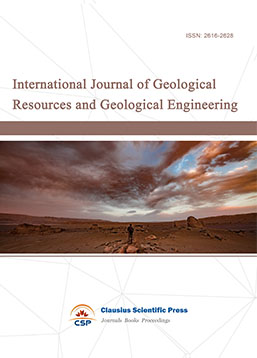
-
Big Geospatial Data and Data Science

-
Solid Earth and Space Physics

-
Environment and Climate Protection
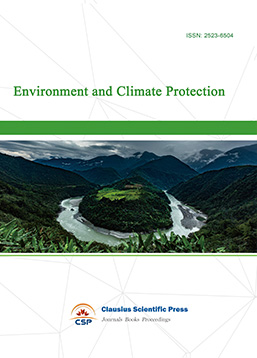
-
Journal of Cartography and Geographic Information Systems

-
Offshore and Polar Engineering

-
Physical and Human Geography
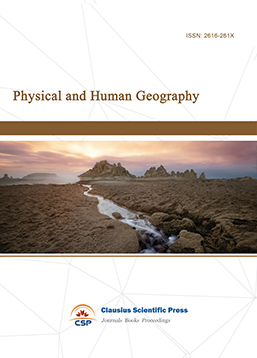
-
Journal of Atmospheric Physics and Atmospheric Environment
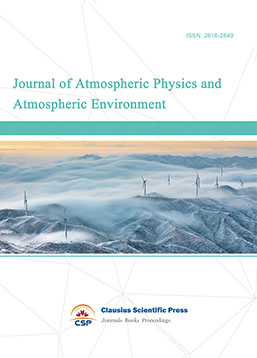
-
Trends in Meteorology

-
Journal of Coastal Engineering Research
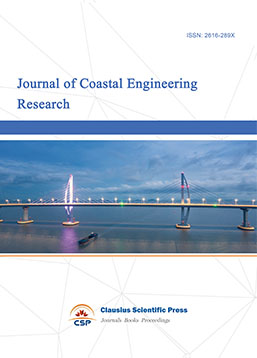
-
Focus on Plant Protection
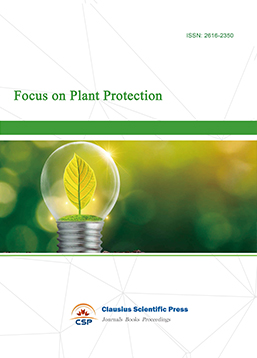
-
Toxicology and Health of Environment

-
Geoscience and Remote Sensing
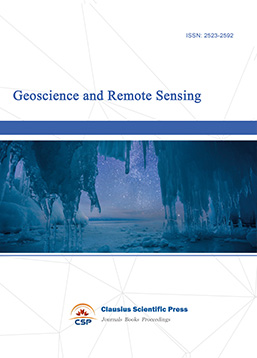
-
Advances in Physical Oceanography

-
Biology, Chemistry, and Geology in Marine

-
Water-Soil, Biological Environment and Energy

-
Geodesy and Geophysics

-
Journal of Structural and Quaternary Geology
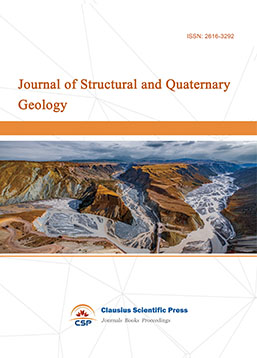
-
Journal of Sedimentary Geology

-
International Journal of Polar Social Research and Review


 Download as PDF
Download as PDF